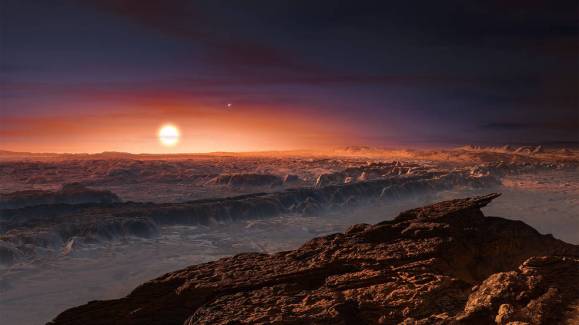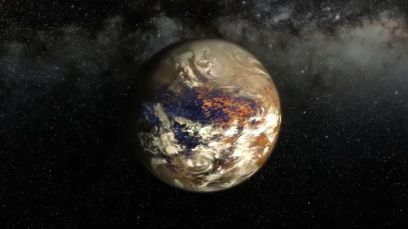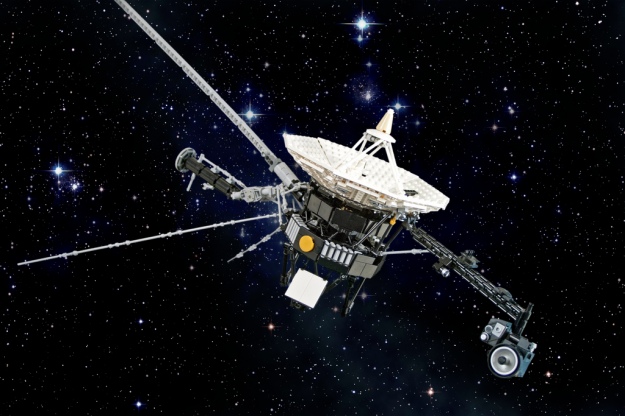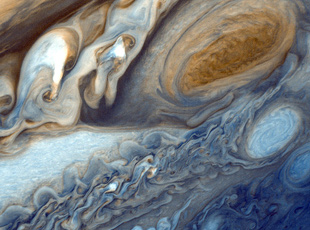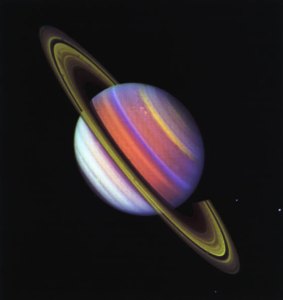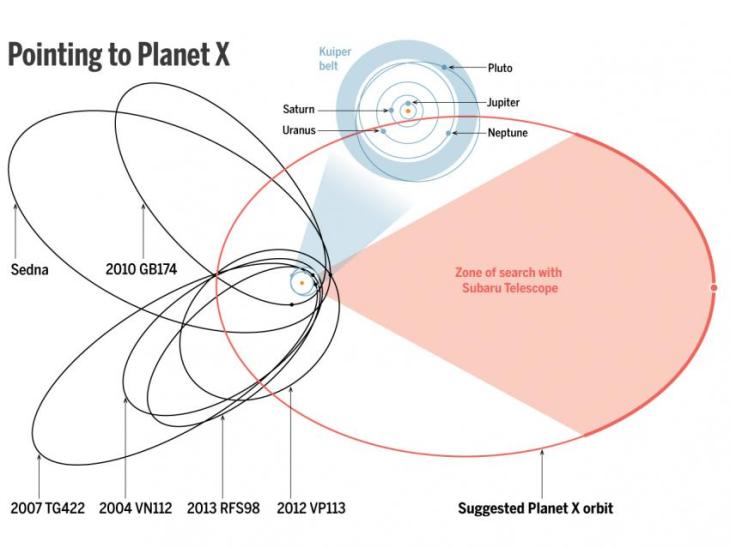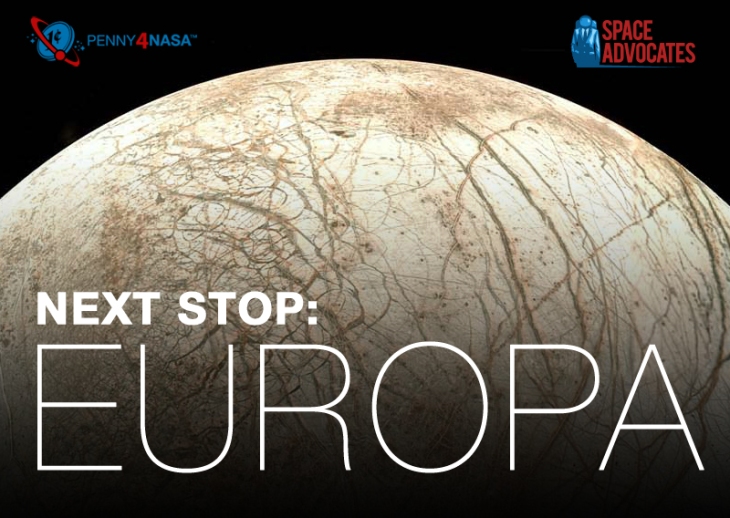The planets of the Solar System dramatically vary from massive gaseous, ringed giants to
miniature rocky terrestrials. The celestial bodies are also at such great distances that no map of our Solar System can truly illustrate both the distances and relative sizes to scale. The terrestrial planets are relatively similar in size and composition, but interestingly, their atmospheres could not be more different.
Cool Solar System Scale Video!
Atmospheres are vital to the survival of life, though they do not normally extend very far past the planet’s surface. Our atmosphere is about as thick to the Earth and the thickness of a piece of paper is to a globe.
Mercury, the smallest and lightest planet and nearest to the Sun, has virtually no atmosphere. This means that the stars would be visible through the daytime. With a lack of a serious atmosphere, Mercury is unable to retain its heat, despite its close proximity to the Sun. Unfortunately for Mercury, the planet is vulnerable to heavy cratering and has the appearance of our Moon. Mercury’s days are longer than its year, leading to extreme temperature fluctuations.
Venus is the next terrestrial world, similar in size to the Earth. It is one of the brightest objects in our Solar System, known as the morning and evening star. Its atmospheric pressure is 92 times higher than Earth and Venus’s hellish Greenhouse effect has created a wasteland. Despite not being the closest planet to the Sun, Venus has heated itself beyond belief. Venus serves as a stark reminder of the destructive power of the greenhouse effect.
Our home, Earth, is the largest terrestrial planet and has a powerful ozone layer to protect us from dangerous light and has temperatures that tolerate life and allow for liquid water. Its combination of water and CO2 provide a greenhouse effect that is just strong enough to keep our planet warm. Unlike the other terrestrials, the Earth’s surface is rich and diverse. It also has a Moon that is oddly large in comparison to the size of the Earth.
Mars is the second smallest planet and fourth terrestrial from the Sun. Its mass is just one-tenth of Earth’s. Its atmosphere is incredibly thin and exposes the planet to harmful radiation. It has polar ice caps at its poles, made from frozen CO2 and is the only world that might have once supported life. Its surface also experiences violent dust storms that can last for months, blocking the planet’s surface from view.
Examining the differences between the terrestrial planets’ atmospheres is just another reason why we are so lucky living on Earth. A perfect balance between the scorching Venus atmosphere and Mercury’s lack of one, the Earth provides the perfect home for life.
Sources: Cosmic Perspective: (195-198, 271-272), Planetary Atmospheres Article


